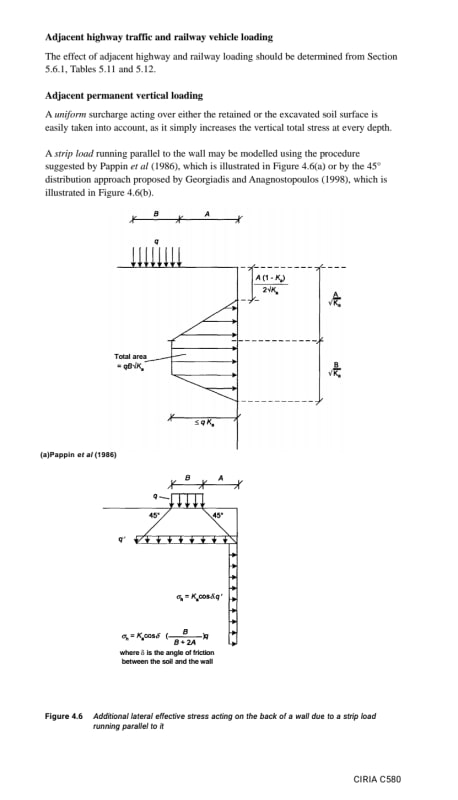I'm using the Boussinesq Equation for surcharge loads and have come across the factor of 2 which some use.
Initially based on experiments a while ago.
Bowles gives recommendations in Section 11-13 (see attached).
This website has an article: [URL unfurl="true"]http://www.ejge.com/iGEM/Articles/FactorOf2/FactorOf2.htm[/url]
I don't have enough understanding and experience to feel comfortable either way, whether to use 2 or 1.
What are your thoughts.
Have you come across a definitive journal article which you think makes the correct recommendation.
Initially based on experiments a while ago.
Bowles gives recommendations in Section 11-13 (see attached).
This website has an article: [URL unfurl="true"]http://www.ejge.com/iGEM/Articles/FactorOf2/FactorOf2.htm[/url]
I don't have enough understanding and experience to feel comfortable either way, whether to use 2 or 1.
What are your thoughts.
Have you come across a definitive journal article which you think makes the correct recommendation.

